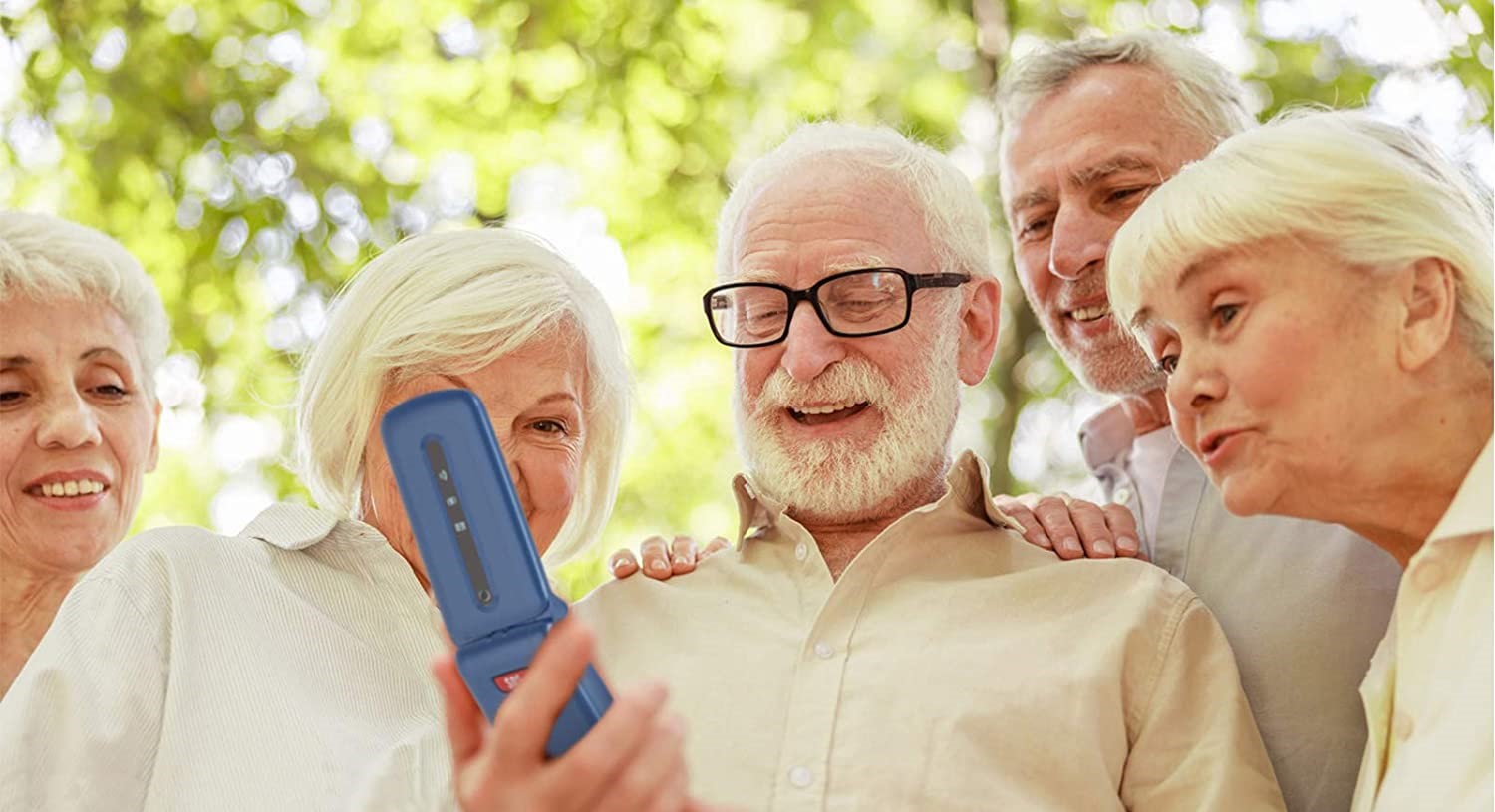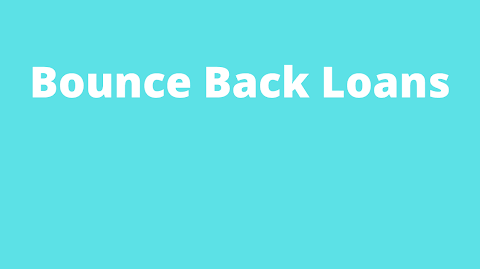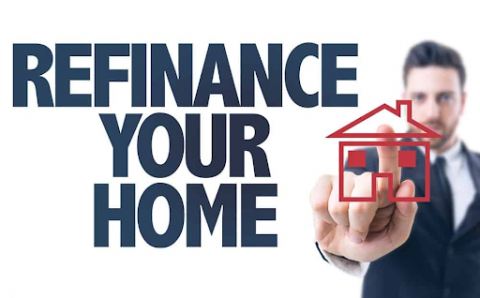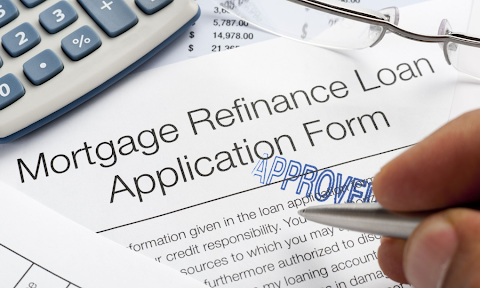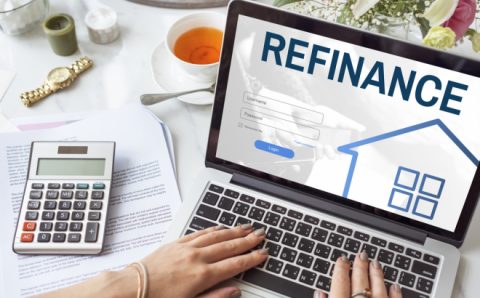The article has been published with the permission of get government and assistance programs for low income families.
Most of us cannot imagine operating without a mobile phone. We take it for granted that we can stay in touch with our family and co-workers and access emergency services at the touch of a finger. But for low-income families, phones and mobile phone service are often out of reach because of their high cost.
There is a government program called Lifeline Assistance that partners with several major wireless carriers to provide eligible families with government free Cell phones and services to low income families Link.
Thanks to the government’s Lifeline assistance program, you may qualify for free cell phones and low-cost cell phone plans.
For those of you struggling to make your cell phone payment each month, this government program was made for you. Now let’s see if we can set it up with a free government phone. In this article we will explain how you can qualify for the Lifeline program as well as run through companies that offer free cell phones from the government. Lastly, we are going to introduce some low cost cell phone plan alternatives to this free program.
Currently, you can get a free mobile phone from the government in about 40 states; The program is being introduced in new states at a rapid pace . If you currently reside in a state where there are no free cell phones, you may still be eligible for a free landline.
Am I entitled to a free government phone with the Lifeline program?
For starters, if you’re already enrolled in a government aid program, you may be automatically eligible for a free government phone . Those who are already enrolled in any of the following programs are eligible:
- Supplemental Nutrition Assistance Program (SNAP)
- Supplemental Security Income (SSI)
- Medicaid
- Federal Public Housing Assistance
- Tribe-Specific Programs: Bureau of Indian Affairs General Assistance, Tribally Administered Temporary Assistance for Needy Families (TTANF),
- Food Distribution Program on Indian Reservations (FDPIR), Head Start
If you or someone in your household participates in one of the above programs, your household may be eligible for a Lifeline assistance discount or FREE services (if provided by a mobile phone company), and perhaps even a free government phone ( depends on the policy of the mobile phone provider).
As in the case of the low income test, participation must also be shown.
This is a list of the information that must be included in a document that serves as proof of participation:
- Your name, or the name of the person who qualifies for the benefit (BQP);
- The name of the program that qualifies for Lifeline, such as SNAP;
- The tribal or government program administrator or managed care organization (MCO) that issued the document; Y
- An issue date within the last 12 months or an expiration date in the future that coincides with the benefit period.
In most cases, a copy of the membership card or a cover letter issued by the program administrators will suffice.
If you are not enrolled in any of these government programs, you will need to show that your income is at or below 135% of the Federal Poverty Guidelines . For example, if you are the only person in your household and you want to get a free phone from the government, you will need to prove that you earn less than $12,760 a year. Each additional person in your household increases the limit by another $4,480, so essentially the more people you have in your household, the easier it is to qualify for a free government cell phone and a cheap cell phone plan.
What are the documents to prove identity
If you want to benefit from Lifeline assistance, you will have to apply based on low income or the participation of one of the household members in government-subsidized programs. In any case, you will have to prove your identity.
This is the complete list of documents that can be used to prove your identity, when applying for Lifeline help:
- Driving license (unexpired)
- Birth certificate
- w-2
- Prior year state, federal, or tribal tax return
- Social Security card
- naturalization certificate
- US citizenship certificate
- Permanent resident card (unexpired)
- Permanent resident card for foreigners (unexpired)
- Identity document issued by the US government, military, state or tribe (unexpired)
- Passport (not expired)
- Military discharge documentation
- Gun permit (unexpired)
- Government assistance program document (including proof of identity)
- Statement of benefits from a qualified program (including proof of identity)
- Unemployment Benefits or Worker’s Compensation Statement
How do I request and prove my household income to the government?
You’ll need to provide pay stubs, a W-2 form, or a letter from the government agency you’re enrolled with to prove your household income. Fortunately, the application process for free mobile phone service is quite simple: just go to the website of a mobile phone company that participates in the program.
For example, if you want to check out Assurance Wireless , there’s a big “Apply Now” button in the middle. Just follow the instructions and you should find out if you qualify for a cell phone and cell phone plan pretty quickly.
What documents are needed to prove your income level?
As mentioned above, in order for you to get Lifeline assistance based on low income, you must show that you meet the 135% poverty threshold. For this, quite a few documents can be used.
Here is a complete list of documents that can be used to prove your income is at or below 135% of the poverty level (only one is needed):
- Prior year’s state, federal, or tribal tax return
- Current income statement from an employer or paycheck stub
- Declaration of Social Security benefits
- Unemployment or Workers’ Compensation Benefits Statement
- Federal or tribal notification letter of participation in General Assistance
- Divorce decree, child support award, or other official document containing income information
If the document you choose does not cover a full year (for example: a pay stub), you must show the same document for three months in a row within the same year to prove your annual gross earnings.
In case of requesting it in person or by email, never send/deliver the actual document but its copies.
What is the application process for free cell phones from the government for low-income people
To help you as much as possible, we have decided to write the steps you must follow to apply for Lifeline help. The process is no different, whether you are applying on the basis of low income or participation in one of the government support programs mentioned above (this only affects the documents (copies of documents) you must submit).
Broadly speaking, the Lifeline application process consists of three steps:
Step 1#: Qualify
As we have described above, you may be able to get Lifeline help through a government assistance program or based on your household’s low income. We have already discussed the documents needed to prove your eligibility.
Step 2: Choose a company
In order to use the Lifeline discount, you must find a free cell phone company (a wireless service provider) that has endorsed the Lifeline assistance program and offers you a discounted or free plan and maybe even a free government phone.
You can use this tool to find a company near you that offers Lifeline discounts or free specials: https://data.usac.org/publicreports/CompaniesNearMe/Download/Report .
Step 3: Enroll
The easiest way, by far, is to apply online. Most wireless carriers that offer Lifeline plans allow you to apply through their website: visit the carriers website and search for “Lifeline” then click the “Apply” button, “Enroll », «Start» or any other of that type.
If you prefer to apply by regular mail or in person, ask the company to choose a Lifeline application.
Whichever form you choose, you will need to enter your full legal name, your date of birth, the last 4 digits of your Social Security number (or tribal identification number), and your address.
In addition, you will have to present or attach copies of the supporting documents according to the previous section.
Once your application is approved, you will be able to enjoy its benefits.
